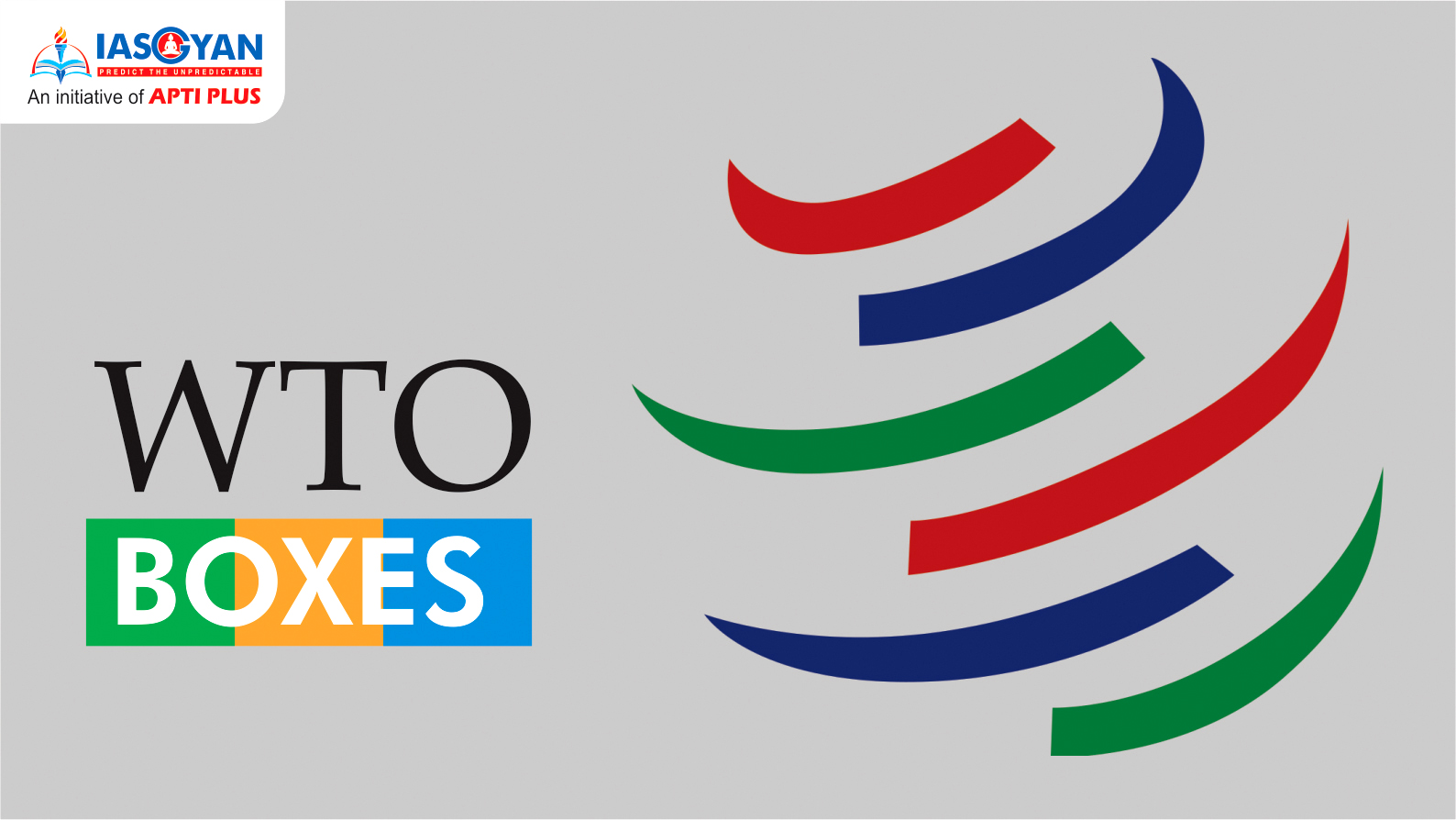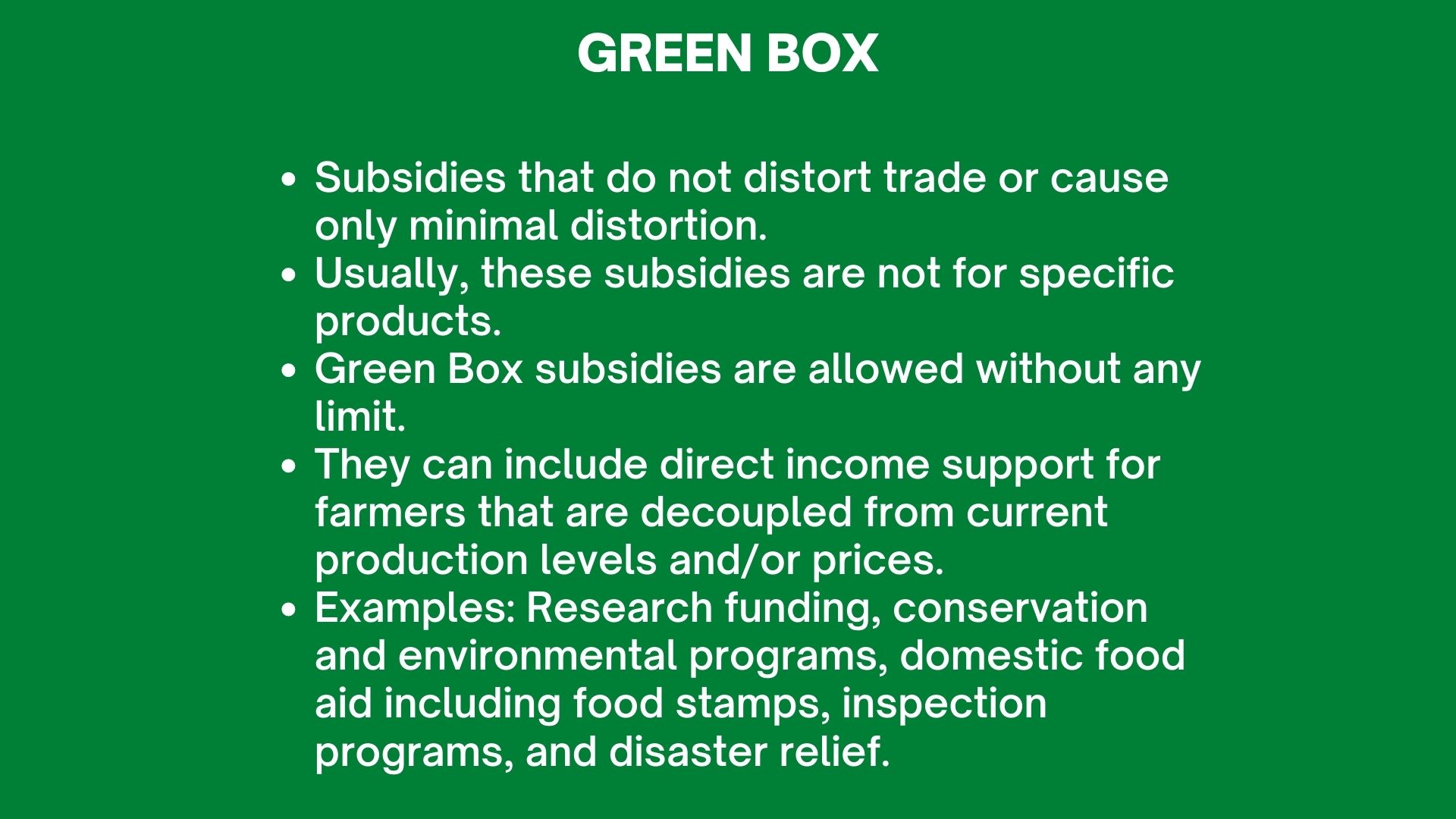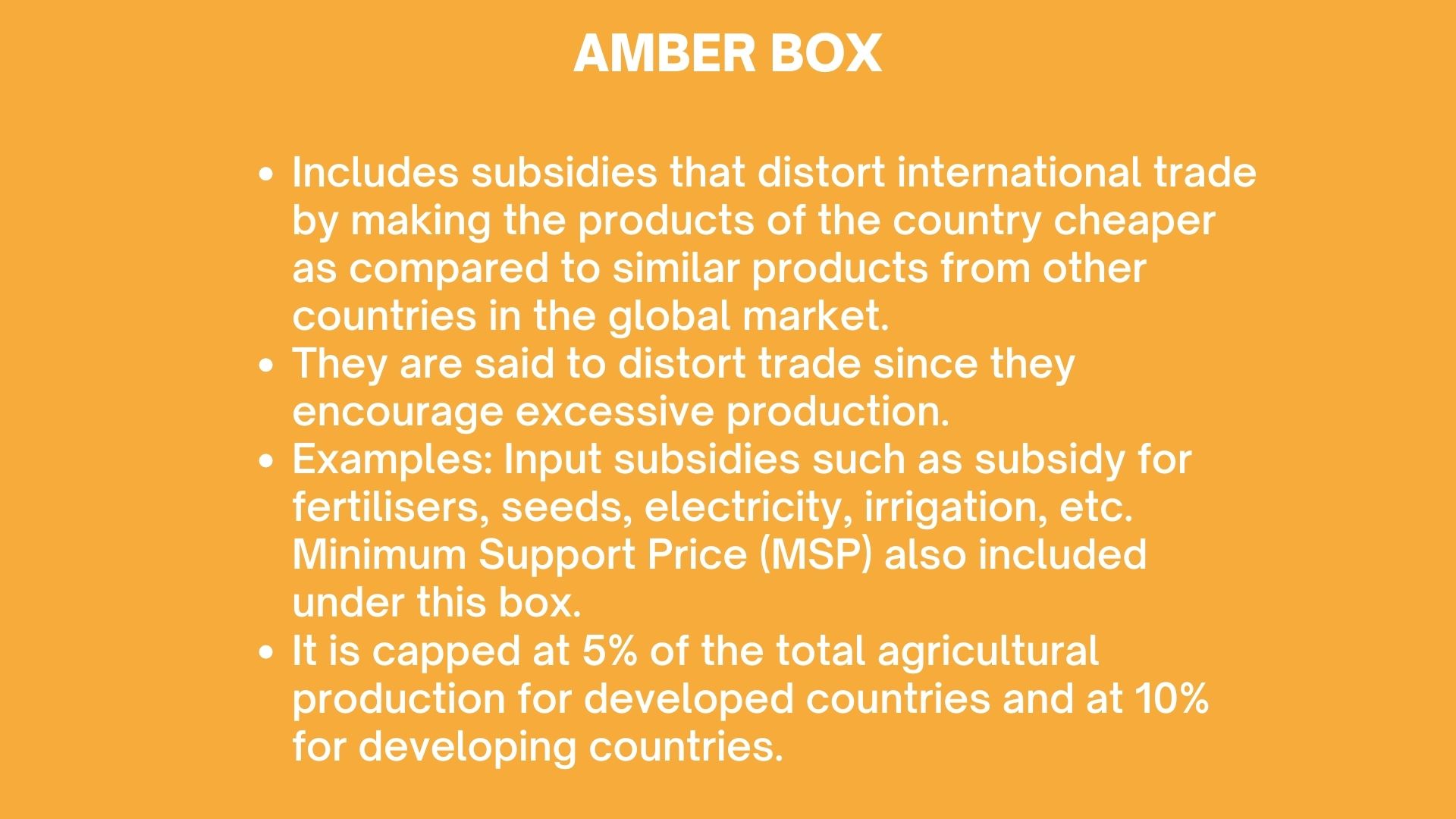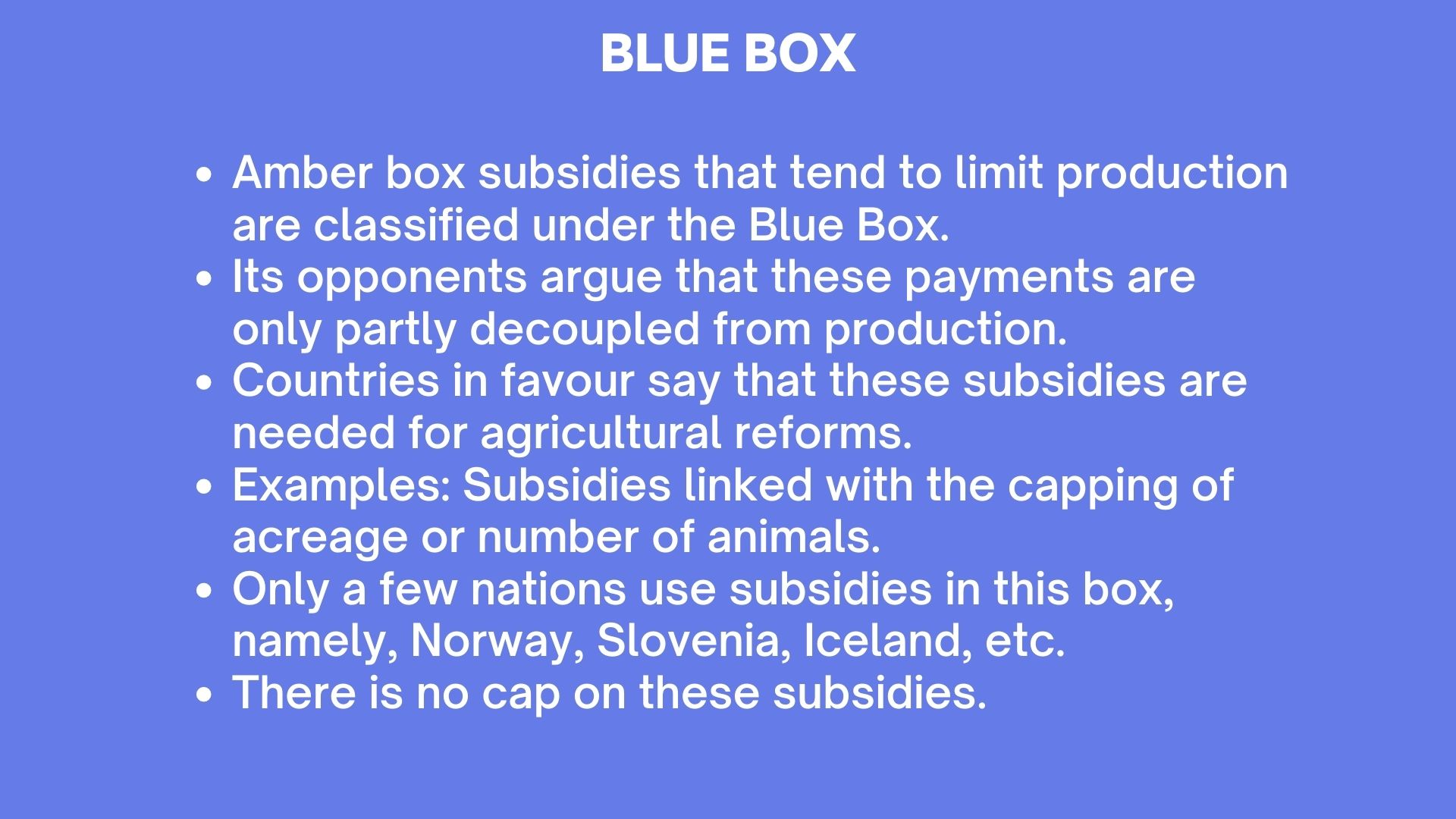




|
Trade Distortion Trade distortion is commonly viewed as any interference that significantly affects prices or market behavior. A tax or action that changes the normal characteristics of trade. For example, many governments subsidize the agricultural sector, which sometimes makes farming economically feasible, at least for certain products. The subsidies can mean farmers gain artificially high prices for their products. Some experts believe that trade-distorting agricultural subsidies are partly responsible for increases in global food prices.
|





© 2025 iasgyan. All right reserved